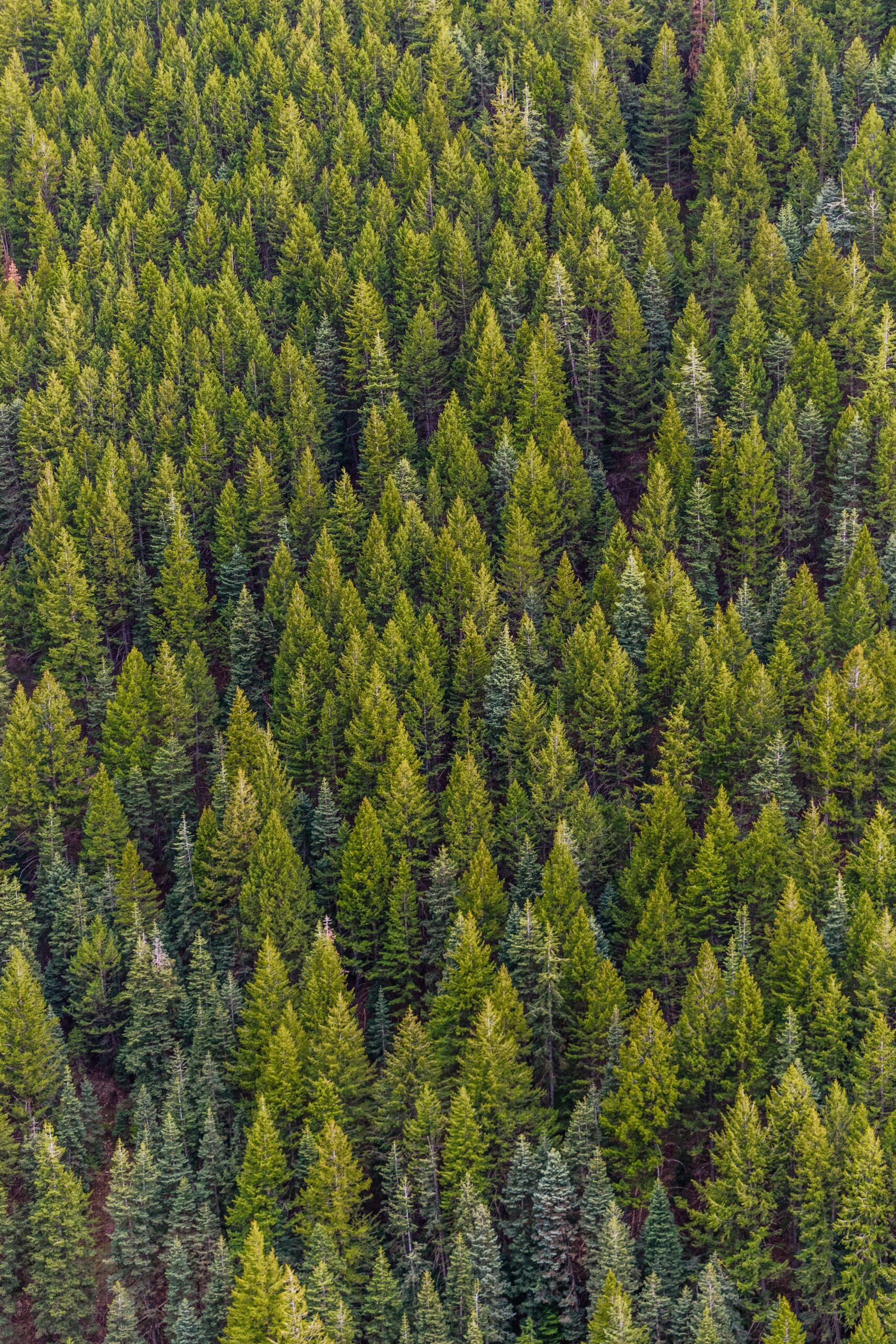Wood-based products and the EU Plastics Strategy

EU has taken actions to fight one of the biggest global environmental challenges – plastic waste accumulating in the oceans. This week published EU Plastics Strategy aims to decrease the negative environmental effects of plastics by encouraging the plastics industry to use more recycled plastics and to deliver products that are easy to recycle. The direction is right, but it is not sufficient nor the most efficient way.
To switch from plastics to other materials that are already today recyclable, biobased and biodegradable is the fastest way and it should be supported by EU. This is especially important in single-use plastic products like packaging, which is why EU is paying special attention to this in the implementation of the EU Plastics Strategy.
Why are then wood-based materials more ecological? First of all, paper and board recycling systems are efficiently available in all European countries, and consumers are used to recycling paper and board. Also, there is a large demand for recycled fibers, which are an ideal raw material for many further packaging products. In the case where paper, board, or Paptic® ends up in the nature, they start to biodegrade before they end up in the oceans.
New ideas and innovations are needed in order to replace plastics in packaging. Paper and board are excellent materials for many applications but they cannot replace plastics in most cases. Paptic® material is the Next Generation of Paper with all the benefits of paper combined with the critical properties of plastics like heat sealability.
